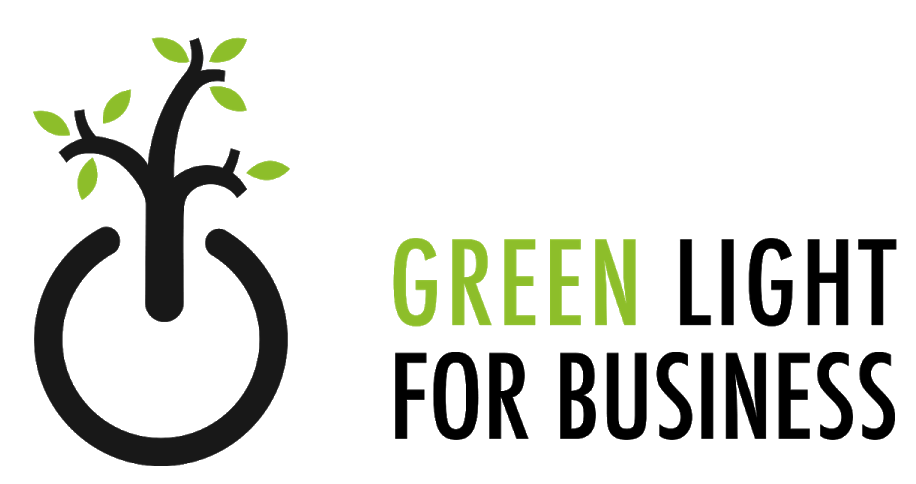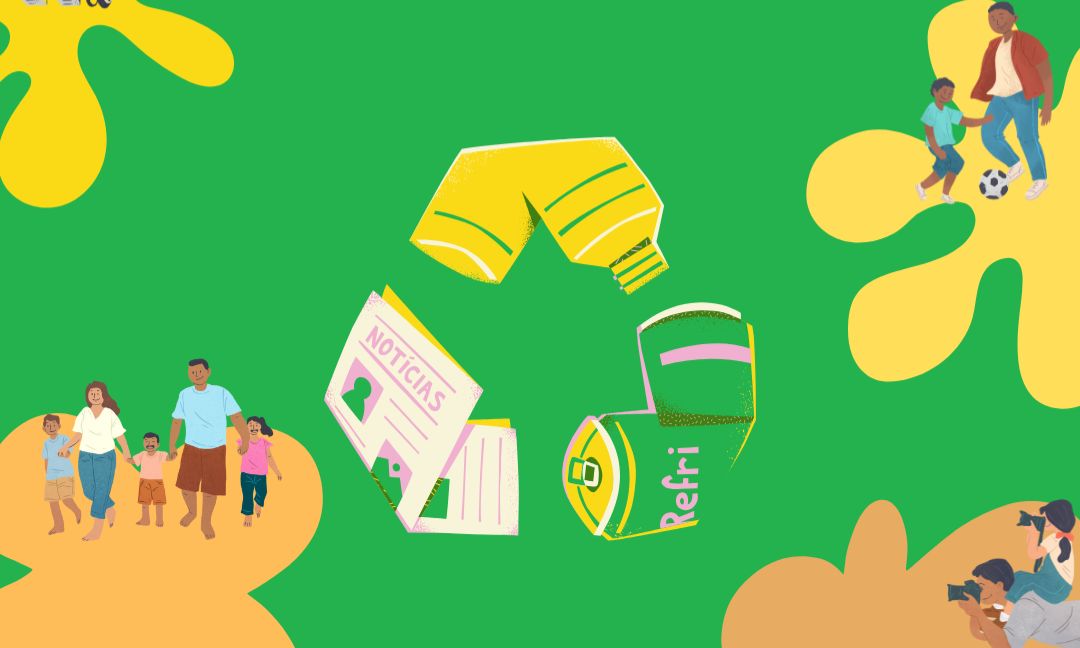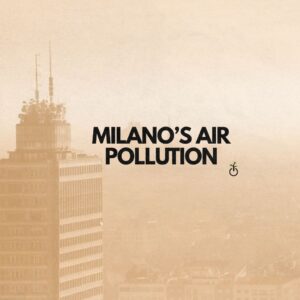The global economy is based on supply and demand: where demand addresses the amount of a product consumers are prepared to buy at different prices, and supply is the amount of a product corporations are prepared to sell at different prices. The Law of Demand states that, ceteris paribus, the higher the price of certain goods the lower the quantity demanded and vice versa. The quantity of a product that buyers purchase at higher prices is less because then both the price of the good and the opportunity cost of buying that good increases. Consequently, consumers will naturally avoid purchasing a good that will cause them to sacrifice something they value more. This concept prompts enterprises to be innovative and carefully craft their business models and adopt a proactive role in changing the economy. A rise in demand for ecologically friendly products impacts the supply to exploit new sales potential. Similarly like the law of demand, the law of supply addresses the quantities sold at a certain price. While the Law of Demand speaks of the inverse relationship between the Price and the quantity demanded as the Demand itself is affected by factors other than price, in the law of demand, the supply relationship shows an upward slope as the higher the price, the higher the quantity supplied. From the seller’s perspective, the opportunity cost of each additional unit that they sell tends to be higher and higher. Producers supply more at a higher price because the higher selling price justifies the higher opportunity cost of each additional unit sold. By incentivising businesses to adjust their offer, it can be shown how the laws of supply and demand can be used as the promoter of the Green Economy as the concept influences the consumers’ behavior. Modifying an existing product or service as eco-friendly poses risks and opportunities as green innovations are linked to investments. Additionally, sustainable use of resources may result in increased market prices of the product or service as sometimes compensation payments are incorporated. This is related to the economic key-concepts of scarcity and sustainability as consumers may recognize the benefit of allocating their resources differently as eco-friendly products support the environment. Thus, the consumers should be interested in a healthy ambience and choose to purchase the non polluting options. However, this may result in competitive disadvantages because environmental aspects are not prioritized in consumer behavior when compared to the quality and price of the product. Hence, the production of the green product must not entail a reduction in quality and a high rise in price, as even a small price increase can discourage highly price sensitive customers, especially if other competing companies do not support the Green Economy and sell their goods for a cheaper price.” This relates to price elasticity of demand (PED) which is a measure of the responsiveness of a product’s quantity demanded to a change in price. Green products can be considered luxury items and are thus highly elastic(which means they are sensitive to a change in price). Such luxury goods are not essential and have many alternatives, so when the price of the goods rises, consumers shift purchases to the substitute items. One important factor is that comes and elasticity are related because when consumer incomes increase, demand for products increases too. This relates to the branding of the product which rewards differentiation and sustainable identity that ultimately leads to buyers’ loyalty. This type of branding results in inelastic pricing schemes by manufacturers. , Hence, this makes the price of green brands inelastic which is a major achievement for brand managers as they can ultimately generate more revenues. Being “sustainable”, however, is not a marketing instrument that can guarantee an increase in sales potential because according to a study by the Boston Consulting Group (2009), the majority of companies are afraid of rising prices due to “a more sustainable product which could discourage consumers from buying, even though certain companies have the ability to offer their green alternatives on a lower or equal price level because of reducing packaging, resource efficiency, or less transport cost by local supply”.
Behavioral economics explains how the determinants of demand(such as the price of related goods(substitute, complements), income, number of buyers, tastes and preferences, expectations and other determinations like weather, politics and etc, vary across demographics and different nationalities and peer groups because of their different perception, memory, values, motives, personality, and attitudes. These elements possess a crucial role in the process of developing the real market towards a Green Economy. Europe incorporates many heterogeneous cultures, raising the question related to the global issue of culture, identity and community about how different cultures could be affected by sustainability. The composition of demographics in Europe has shifted towards an older society-which has prompted an increased health-conscious behavior including an ever-raising demand for healthy products. Social status also affects the consumer’s purchase decision as a higher social status is accompanied by a substantial income and a demand for high quality. The enterprises should aim to establish a relationship between the consumers’ values and the information, as the consumer will be most drastically influenced if it is clearly communicated that the consumer’s native country is affected by ecological destruction. This will prompt the consumer to react more severely and integrate this knowledge into their purchase decision. However, it should be noted that it is possible the new motive to choose sustainable alternatives fails at the market due to a potential higher price as the concern does not prevail the willingness to pay a premium.
The concept of government intervention plays a role in the case of economic sustainability as most companies will not have the incentive and willingness to promote the Green Economy, the government will have to set standards for the entire market with specific guidelines regarding emission, pollution and waste. These guidelines have to be concisely expressed against the “SMART”-criteria (Bohinc, 2010, p.49) which means specific, measurable, achievable, realistic and time-bound. All market participants would have to stick to the requirements and failing this would lead to a monetary penalty. The trade off between growth and environmental damage can be addressed with policies like carbon taxes, plastic taxes, cap and trade and others that stimulate investment in green practices and the use of cleaner renewable energies and measures that encourage recycling and moves towards a circular economy which involves gradually decoupling economic activity from the consumption of finite resources. These policies hover, are not very popular as they entail higher costs and lower consumption, which ironically is exactly what is needed to achieve economic sustainability . Governments can also use supportive instruments and incentive schemes for green enterprises, like tax reductions, loan support, green nudges that aim to encourage pro-environmental consumption like eco-labeling, or green subsidies issued to cut costs by the government for firms that produce sustainable products. In other words, they aim at encouraging people to voluntarily contribute to a public good, namely, environmental protection to stimulate the market. The question of how these green enterprises will communicate their green practices to encourage green consumerism still remains.
A compelling real-world example of circular economy implementation can be found in Prato, a city in the Tuscany region of Italy, renowned for its textile production. Prato has built a globally recognized system of textile recycling that embodies the core principles of circular economics by reducing waste, preserving resources, and creating economic value through regeneration. For over a century, the district has specialized in producing cardato, a recycled wool made from pre- and post-consumer garments. The process of sorting textiles by color eliminates the need for chemical dyes, significantly reducing water consumption and environmental impact. This localized production model enhances resource efficiency while maintaining competitive pricing, which challenges the notion that sustainable products must come at a premium. As economic theory suggests, when consumer demand increasingly favors environmentally friendly products, producers adapt to maintain market relevance and Prato’s textile industry reflects this responsiveness. Furthermore, the city has introduced a closed-loop water system, ensuring wastewater is treated and reused in industrial processes, aligning with policies aimed at decoupling economic growth from resource consumption. Prato’s transition has been facilitated by multi-stakeholder collaboration, including local government, businesses, and research institutions, underscoring the importance of governance in scaling green practices. Through targeted policies and coordinated action, Prato exemplifies how circular economic principles can be successfully embedded within traditional industries while supporting local employment and innovation.
To conclude, it can be said that the shift toward a circular economy represents more than an environmental imperative as it is a profound economic and societal transformation. By rethinking the traditional linear model of production and consumption, circular economics aligns market forces with sustainability goals. The laws of supply and demand, consumer behavior, and governmental policy play critical roles in shaping this transition. As the example of Prato demonstrates, embedding circular principles within existing industries is both feasible and beneficial when supported by innovation, community collaboration, and smart regulation. However, for the Green Economy to flourish on a larger scale, both consumers and producers must be willing to re-evaluate their values, habits, and long-term goals. Balancing profitability with ecological responsibility is not without its challenges, but it offers a path toward resilient growth that preserves resources for future generations. The circular economy is not merely a trend, instead, it is a necessary evolution of our economic system.
Written by Anastasia Binando and Lina Nikolovska
References
report_22082012.pdf (europa.eu)
https://www.clear-factory.com/post/everything-you-need-to-know-about-prato-s-textile-industry




